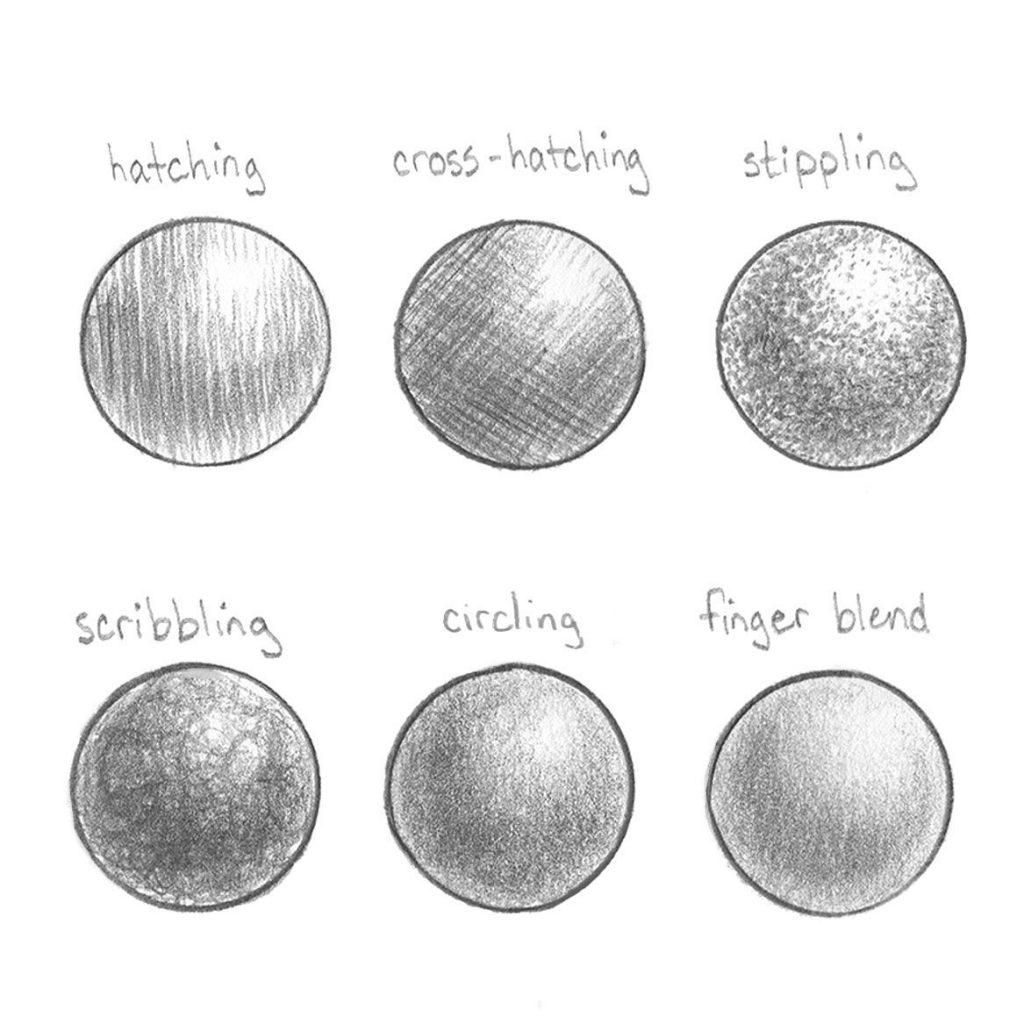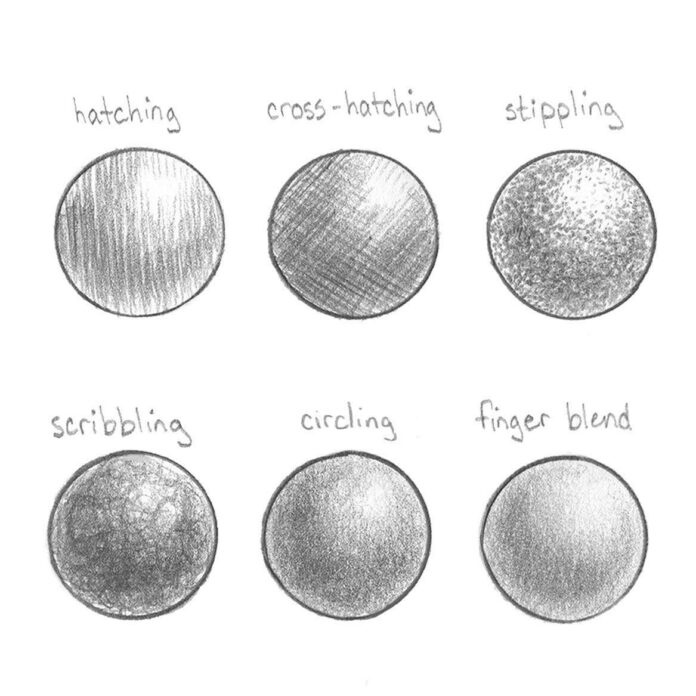Pencil sketching has long been a popular art form, and it’s no wonder why. Sketching with a pencil is versatile, portable, and requires only a few basic art supplies. With just a few tools you can create an incredibly detailed and beautiful work of art.
There are many styles in which you can sketch with a pencil, all ranging from simplistic lines to complex drawings and sketches. Learning a variety of different sketching techniques can take your pencil drawings to a whole new level, bringing greater depth and refinement to the artwork you create. Here, we share a variety of pencil sketching techniques to try in your next creation. Read on to discover our top sketching tips and techniques.
Selecting Your Sketching Equipment
The shades, textures and shadows you are able to create on the page are not entirely limited by your breadth of techniques. Without proper knowledge of your equipment, you could be limiting yourself significantly. Generally, softer graphite pencils will allow a darker, softer tone, while harder graphite will offer a harder line and a more pointed end. For most effective work, having a few pencil options in your sketching tool kit is essential.
1. Hatching & Cross-Hatching
These methods are very common and effective ways to add depth to your sketches through shading. When it comes to well-known pencil drawing styles that can level up your sketches, hatching & cross-hatching is at the top of the list of skills you should learn. Hatching is essentially a series of lines drawn along the main line of your drawing to create shadow and depth. These lines shouldn’t touch. Cross-hatching is a series of lines used in the same way, but where they intersect. The closer these lines, the darker the shading in your drawing will be.
2. Stippling
Stippling is the art of adding dots to add shading and depth, similar to hatching or cross-hatching. The closer the dots, the deeper the effect. To ensure that your dots show up and make a better impact, it’s best to use softer graphite for this effect, as it comes out darker.
3. Scribbling
Everyone has created idle scribbles on a piece of paper when waiting on hold during a telephone call. But scribbling is actually a drawing technique that can be very effective. The characteristics of a scribbled sketch can be identified by the erratic, uneven and definitely not straight lines within the piece. Using random movements across the paper will result in a somewhat deconstructed image, and the more irregular lines created closer together, the darker it will appear.
4. Circling
Control the tone your pencil produces by simply adjusting the amount of pressure you place on it. To create smooth transitions you can make small circular strokes that give you a more blended appearance. It’s important to note that you shouldn’t make small circles with perceptible lines. Instead, move the pencil around in a circular motion when adding pressure. For this approach, a duller pencil works best.
5. Smooth Shading & Blending
To add a cleaner shading element to your drawing, you can try smooth shading. This can be done in a number of ways, including using your finger or a rolled-up piece of paper to blend in hatching or cross-hatching This will give your sketch a smoother appearance. You can also blend simply by angling your pencil to utilise the wider edge, creating thicker lines that create the appearance of shadows and shading.

6. Creating Highlights
Just as you would add shading to create depth and shadows to your sketch, you can also create highlights. Highlights can help indicate where your light source is coming from and add extra detail, showing reflective surfaces. One great way to create this effect is by using an eraser to remove some of the pigment or shading to create lighter areas to indicate the absence of darkness.
7. Rendering
The practice of rendering takes the above technique to the next level. Rendering is essentially an approach to pencil sketching where you apply graphite to your paper, and then remove some with your eraser to add the highlighting effect. It’s an ongoing process of applying and removing the graphite and results in a very soft, almost blurred effect.
Source:https://www.cowlingandwilcox.com/blog/post/48-a-guide-to-pencil-sketching-techniques




